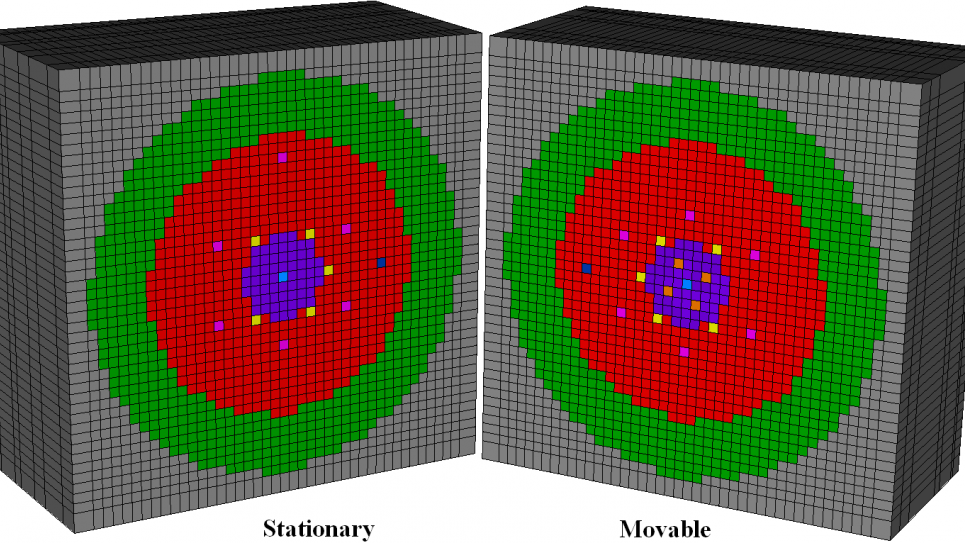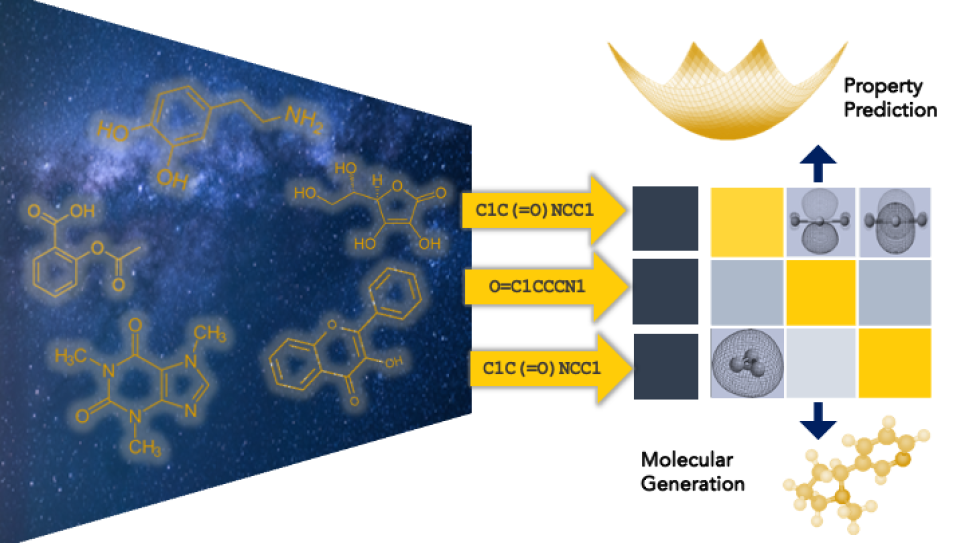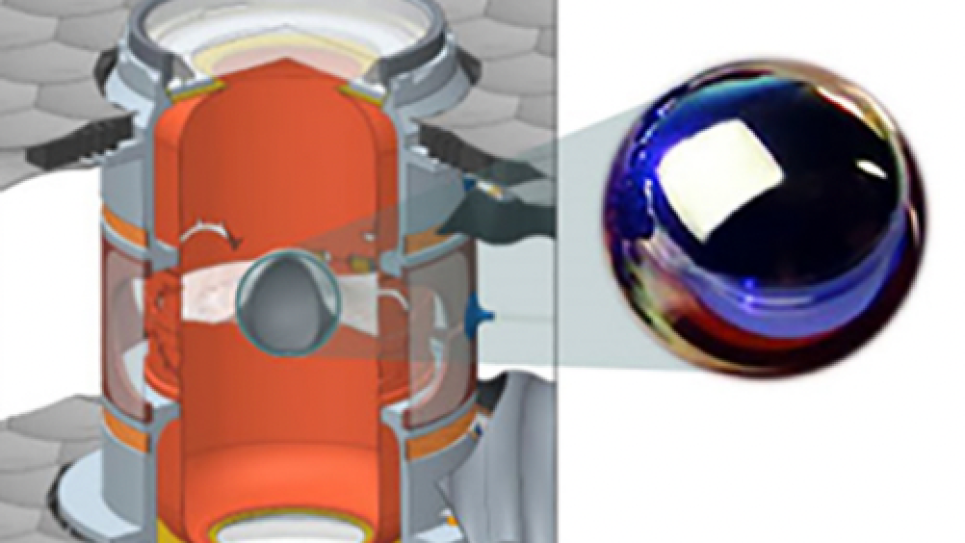
Scalable, Explicit Geometry, Whole Core Nuclear Reactor Simulations
Multi-physics simulations aid design and safety in nuclear reactors
With its focus on solving nuclear energy issues, the Department of Energy is developing a multi-physics simulation framework at Argonne National Laboratory specifically for the analysis and design of nuclear reactors. Researchers will use this framework to simulate multi-physics problems requiring coupled neutronics, thermo-fluids and structural analyses. In such a framework UNIC can provide the power distribution on the deformed geometry, thereby allowing researchers to predict the change in power distribution derived from thermal expansion and improve the design and safe operation of nuclear reactors.
Full-scale simulation to validate high-performing UNIC neutronics code
UNIC has accurately predicted global parameters and has demonstrated excellent parallel computation performance for several benchmarking problems, including problems containing up to 0.9 trillion degrees of freedom and better than 75 percent weak scaling on the full capacity on the world’s fastest and largest open science supercomputers. This work earned a finalist designation for the Gordon Bell Award at Supercomputing 2009. UNIC has also shown its capability to produce very detailed solutions, which first must be validated against experiments before it is fully coupled with thermo-fluid and structural analysis codes. For this validation, researchers will analyze the detailed reaction rate distributions measured in a full-scale critical experiment carried out in ZPR-6—the Zero Power Reactor facility at Argonne National Laboratory.


